Get Down to Business: Tips for Working from Home Effectively

Due to the current crisis, employers are advising people to work from home. New to the work from home lifestyle? It certainly doesn’t have to be a bad thing. Working remotely provides flexibility and perks that help you stay balanced and productive.
Sometimes, you need to test what works best for you, such as figuring out your most productive times, how to prevent loneliness and what counts as a real break. Working remotely doesn’t have to be a struggle. Here are expert tips for working from home, so you can be your most productive self. You won’t even miss the office after you master working from home.
Should You Change Your Regular Hours?
If your usual office hours were from 8:00 a.m. to 5:00 p.m., stick to that time frame while you’re working from home. Try to keep things as normal as possible to prevent another snag in your routine.

Maintaining your schedule also stops you from unexpectedly working fewer hours or even extra hours. According to U.S. News, remote workers log five to seven more hours per week than office workers.
New to the company? Ask your supervisor what time the majority of the team is online. This gives you an idea of when you need to be available and responsive.
See What You Can Borrow from the Office
Many companies allow their employees to take their laptops and chargers home. However, if you frequently use your mouse and keyboard, throw them in the bag too, so working from home will feel like being in the office. It doesn’t hurt to ask for other equipment to make the transition more comfortable, like monitors, chairs or printers.

If you have a desktop computer at work, find out if you can take it home. For those who don’t want to lug it on public transportation, check with your company to see if you can expense a taxi or rideshare (e.g., Uber or Lyft).
Get Your Tech Together
Figure out what your team relies on for communication before going home, and make sure it works. Many remote workers use software like Slack (for messaging), Microsoft Teams (for email) and Zoom (for video conferencing). FYI, it’s very important to know how to use the mute button and the video camera.
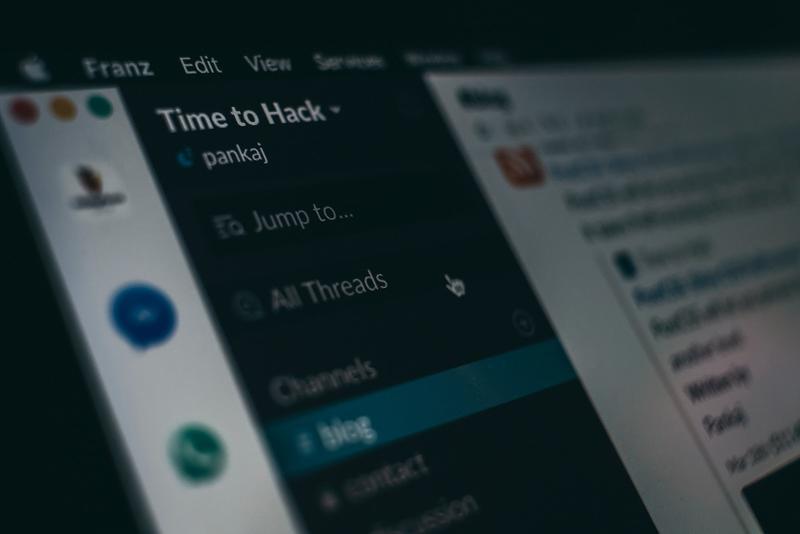
Having the necessary Wi-Fi connection is also a good idea. Does your company want you to use a secure line? Does the software work with your home Wi-Fi? These are great questions to ask the IT department ahead of time. If your internet crashes, have a backup plan. Some workers tether through a mobile phone, for example.
Form a Strict “Get Down to Business” Routine
What will get you to buckle down and begin work? Many folks recommend forming a good routine that will get you in front of the computer. It could involve setting your alarm, making a nice, big cup of coffee and getting in a quick workout.
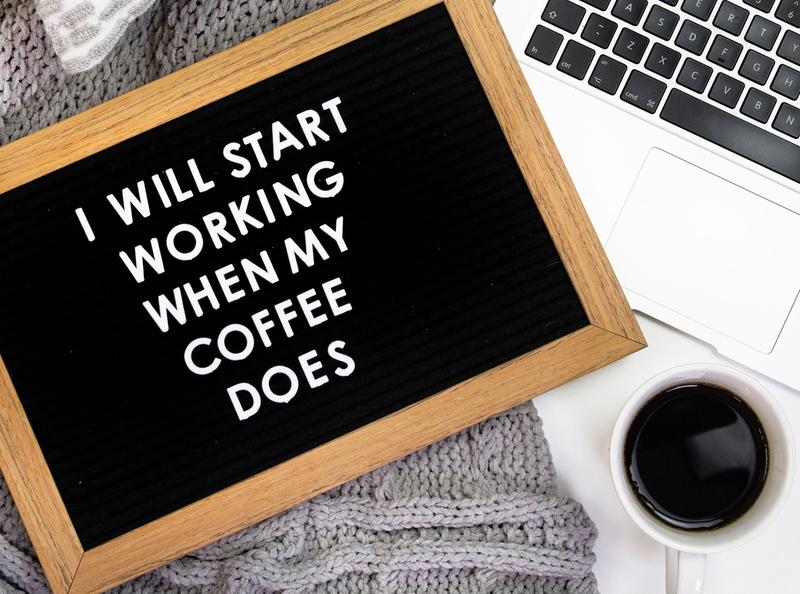
For some folks, it’s a morning routine. For others who work at another time of the day, it just needs to be a routine to help you get started. Some people pretend they’re going into the office. However, find out what gets you in the mood to kick-start your job.
To Dress Up or Not to Dress Up?
When you work from home, you can wear whatever you want. However, when it comes to productivity, there’s been a long debate about whether you should wear pajamas or dress up. If you asked founder and creative director Misha Nonoo, she’d say her go-to work from home outfit is matching sweatsuits.

Marianna Hewitt, cofounder of Summer Fridays, claims putting on real clothes helps her get work done. Science and The Wall Street Journal are on Hewitt’s side. According to Fast Company, wearing office clothes at home will transport you into work mode and boost your productivity. Plus, you’ll always be ready for last-minute video calls. Are you Team PJs or Team Office Attire?
Lay Down the Law with the People in Your Home
Set expectations with other people in your home. If you have children, parents, siblings or roommates, let them know that you need to work remotely, and they need to respect your space and time. Remind them you’re not in the office, but that doesn’t mean you can do chores, run errands or anything else you normally do when you’re at home.

It’s easy to get distracted at home, but when the people in your space understand that you need to be in work mode, you can be more productive. Some people put up signs or wear headphones to make it clear that it’s “office time.”
If You Have Kids, Prepare for Battle
Just kidding, but you do want to be ready for distractions. It’s hard to get work done with kids at home, especially if you have babies or toddlers. The good news is it’s possible to master working from home with a good game plan.

Try finding help from a family member who can remain isolated with you during the social distancing period. While they watch the kids, go hide in a room and lock the door. If your employer gives you permission, change your hours, so you can successfully work while the kids are sleeping. You can also keep them occupied with long activities, such as puzzles, stickers or crafts. In addition, talk to your kids about the new situation.
Schedule Real Breaks
Understand your employer’s break policies and put them to use. It’s easy to forget to take rest periods while sitting in front of your computer screen or working on your phone. Therefore, it’s a good idea to actually schedule your breaks throughout the day, just like you would at work.

Also, commit to using your breaks in their entirety. If you tend to take shorter breaks, you can set a time to be locked out of your computer using an app, like TimeOut for Mac and Smart Break for Windows. Experts recommend taking productive breaks, such as a home workout, preparing for dinner or taking a shower. Unproductive breaks include watching YouTube or checking your email.
Make Your Space Creative but Functional
In early March, Twitter users shared their creative and hilarious workspace setups, proving almost anything can be used as a desk. One person used stacks of toilet paper on top of their dining table to create a standing desk. Another person worked from the top of their recycling bin.
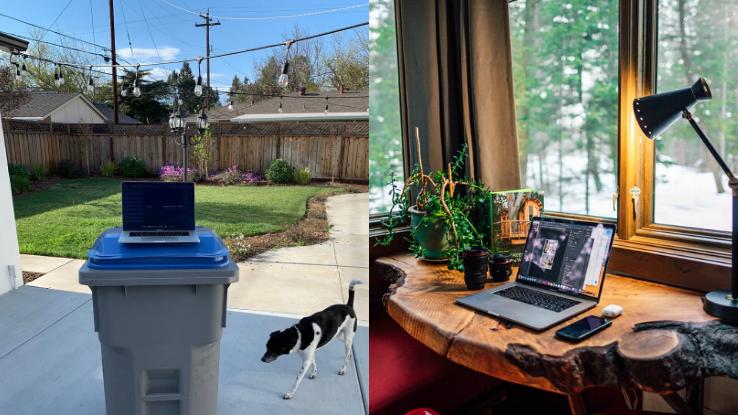
Whatever gets you in the zone to finish the job, right? However, many work-from-home pros recommend designating a functional space that supports good posture, curbs distraction, lets in natural light and feels more like the office.
A Whole New (Work) World
It would be great if everyone had two separate computers or laptops, one for work and one for personal purposes. However, that’s not always the case. Plus, if you do have both devices, your desk will become overcrowded and uncomfortable.

Many remote workers choose one device. However, it’s important how you identify between work and play for the device. For instance, when your laptop is connected to the monitor and external keyboard, you know it’s time for business. If your device is disconnected and on your lap, it’s playtime. Some people create new accounts on browsers or devices to keep their work and personal worlds away from each other.
When You Have a Hard Time Choosing a Solid Workspace….
It’s a good idea to avoid working on your bed or couch because these places are associated with leisure time. A great dedicated workspace is one where you can close and lock the door. This is excellent for productivity, but it isn’t realistic for everyone.

If you don’t have a spare room or desk space, try setting up in your dining room or kitchen. Wherever you choose to work, make sure to walk away and never return to it after you clock out. However, if you need to come back to the space, clean up the area to avoid thinking about work when you’re there.
Find Ways to Get Fresh Air
Governments and health experts suggest social distancing during the time companies are asking employees to work from home. That sounds like you’re going to be indoors a lot, right? Well, it’s not a good idea to be holed up in your workspace the entire day.

Depending on your region’s current policies, go on a short walk around your building or neighborhood during your breaks, and wash your hands when you return home. If you’re unable to leave the building, open the windows in different rooms to welcome as much fresh air as possible.
Don’t Just Sit Around
When you’re working at home, it’s easy to stick to a chair all day. However, sitting all the time isn’t healthy at home or at the office. If working on your feet is your preference, invest in a standing desk (or create your own custom standing desk). Also, switch up the scenery, but make sure you can still focus.

Standing up, stretching and moving around regularly are beneficial to your health and well-being. Go beyond the fridge when you move around. If you don’t need to be in front of your computer for conference calls, wear your Bluetooth headphones and walk around your house during meetings.
How to Figure Out Your Most Productive Time of Day
Tackle your harder tasks during your most productive hours. According to various reports, employees are the most motivated and productive in the morning. After lunch hour, people are less excited and focused. However, your peak time to accomplish more work might be different than someone else’s.

A great way to find your productive period is to track your tasks and how long it takes to complete them. Do you knock out more tasks in the morning or the afternoon?
You can also track your feelings throughout the day. Record the times you feel excited and energized versus distracted, unmotivated, tired and foggy. Taking moments to pause and reflect on your workday will help you capitalize on your most active periods.
Board the VPN Train
Virtual private networks, a.k.a. VPNs, give you extra online protection when you’re connected to a Wi-Fi network that you don’t own. This includes Wi-Fi at libraries, cafes and airports. VPNs are also great for when you’re at home.
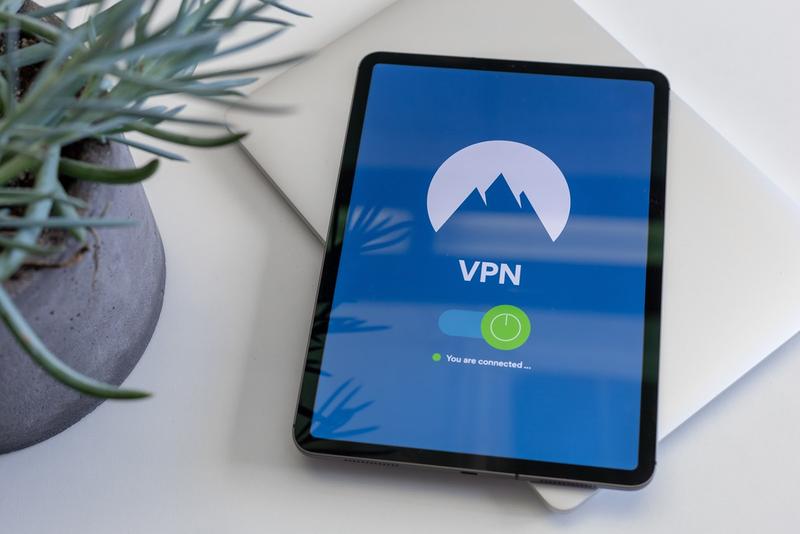
VPNs protect your privacy, making your traffic secure from spies, hackers and the outside world. If your employer has servers or websites that require a VPN to access, you’ll need a VPN for those cases too. In general, it’s always safer to keep your VPN on.
Have a (Work) Game Plan
When you’re in the moment, it takes time to figure out your tasks throughout the workday. Unfortunately, that may cause you to forget what you need to do next and take time away from actually getting things done. Plan out your day with a list of all your assignments before you dive in. It’ll save you time and effort.

Your agenda might change from time to time. Remember, that’s okay, but having a set list will give you a clear idea of what needs to be done and when it needs to be completed. Try organizing your schedule before you start work or even the day before, if possible.
Socialize. Socialize. Socialize.
It’s common to feel lonely and isolated while working remotely. For extroverts, the situation may be even rougher. Don’t worry, you can still communicate with your co-workers without physically being together. For instance, regularly check in with your team through email, chat or video calls.

Some companies offer more ways to socialize. For example, chat channels allow remote employees to talk about common interests like music, movies, food and travel. You can also try opening an invite to a lunch or happy hour video call. DJ Haddad, the CEO of Haddad & Partners, says his remote team interacts often. They stay connected by chatting about everything, from books to children. Plus, the team sometimes live chats while watching TV.
Add a Business Line to Your Cell Phone
Keep your work world and personal world separate. That means using your home phone or mobile phone for personal purposes only. For colleagues or clients from work, create a different phone number. The good news is you don’t need another landline, mobile device or SIM card.

Even better, it’s free and super easy to set up a new phone number using a free Voice over Internet Protocol (VoIP) service, like Google Voice or Skype. Having another phone number for work helps you maintain your work-life balance.
The Right Music Can Help
Music has the power to affect your mood and mind, so why not take advantage of its effects to boost your productivity? Not every type of music will make you work effectively. You have to add music that matches your work rhythm.

Listening to music that you enjoy makes you happier and helps you work effectively. If you’re doing repetitive tasks, adding music will help you crank through them faster. For more complex assignments, ambient sounds or white noise might do the trick. Music with lyrics and loud music tend to distract people. In the end, it all depends on how your body and mind respond. Find out what motivates you to perform the best.
Resist Multitasking
Working from home may seem like a great time to make progress on house chores. However, trying to accomplish work and housework simultaneously creates issues. You’ll be more distracted and less productive. Doing chores during breaks might backfire too. You’ll be tempted to finish them instead of getting back to work on time.

If you were in the office, you wouldn’t be doing housework. To avoid at-home distractions, schedule chores before and after work. This could include laundry and preparing meals or snacks. Also, don’t turn on the TV while you’re working from home, even as background noise. If you don’t do it at the office, don’t do it while you’re working remotely.
Take Real Sick Days
When you’re sick, you avoid going to the office to spread germs and infect others. You won’t risk getting anyone else sick, and you can still get some work done if you work from home. However, if you’re not feeling well, denying yourself a real sick day isn’t a good idea.

Working while sick shows how dedicated you are to the job, but you’ll be miserable and more likely to make mistakes. More importantly, you’re prolonging your illness. When you’re under the weather, you need to call out sick, rest and recuperate. Take the time off you need to get better, so you can be your best self in the long term.
Overcommunicate
Working remotely means there’s room for miscommunication. This is where overcommunication comes in. It doesn’t mean you need to write an essay about everything you do, but it does mean giving essential information to prevent confusion — sometimes more than once.
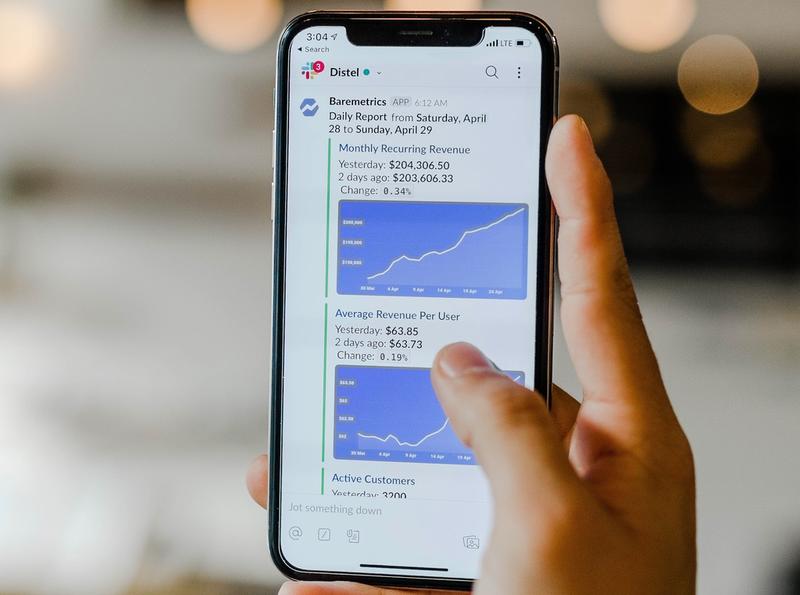
Tell people your schedule and availability. If your hours change, notify everyone you often interact with for your job. When you’re done with important tasks, let it be known. You can also suggest new ideas and projects and share goals. However, you should share more than just good news. If anything sounds unclear, ask questions until you fully understand. If you’re struggling or need help, say so.
Prepare for a Social Media Diet
It’s easier to mess around on social media while working from home. Social media is created to be accessible and consuming, but it can also harm your productivity at work. Experts suggest logging out of every account on your browser and mobile phone.
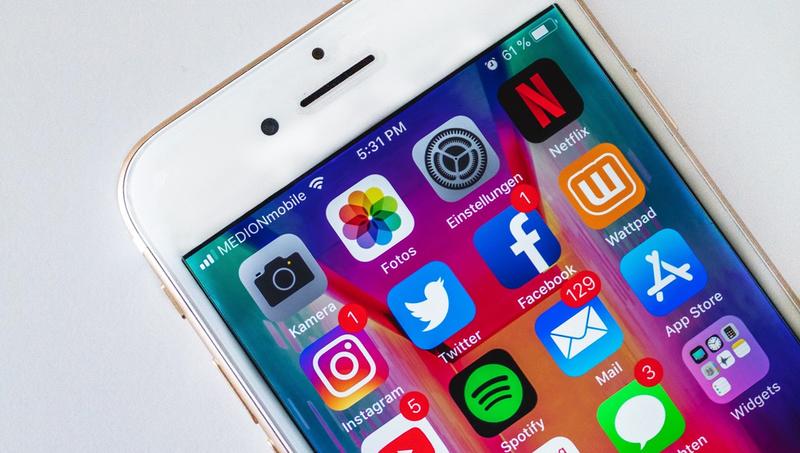
To make sure you’re not signed on to social media, it’s also recommended to use private browser windows. On Chrome, it’s called going “Incognito.” If you’re still tempted to browse on social media, download a blocking tool and set work hours. It’s for your own good.
Try Not to Sound Like a Jerk
It’s easy to communicate while working from home, thanks to apps like Slack and Zoom. However, it can also lead to awkward exchanges. Without facial expressions, tone of voice and other signs, your messages are open to interpretation. Staying positive is key.

Your company might think you’re being too positive, but it’s better than sounding like a jerk. Use the exclamation point when you’re excited. Embracing emojis is a good idea too. There’s nothing wrong with a thumbs up or smiley face from time to time.
Take Advantage of Perks
Working from home comes with a lot of perks. You have a more flexible schedule, so schedule breaks and lunch whenever you want. In an office, people sometimes struggle to find silence. Now, you get to control your environment’s noise level.

It’s also easier to make calls. No more scrambling to find a free room or running out of the building. Plus, you have no commute, so you don’t need to deal with traffic or crowds. Since you’ll save time, figure out how you can take advantage of the moment to become more productive. Squeeze in a walk or a quick workout, for example.
Cut Out Unnecessary Words
Avoid writing 10 sentences when three will do the job. Do you need to practice? Grab a previous email or message that you wrote and tighten it down to almost half the words. You’ll see that you can still get the same message across.
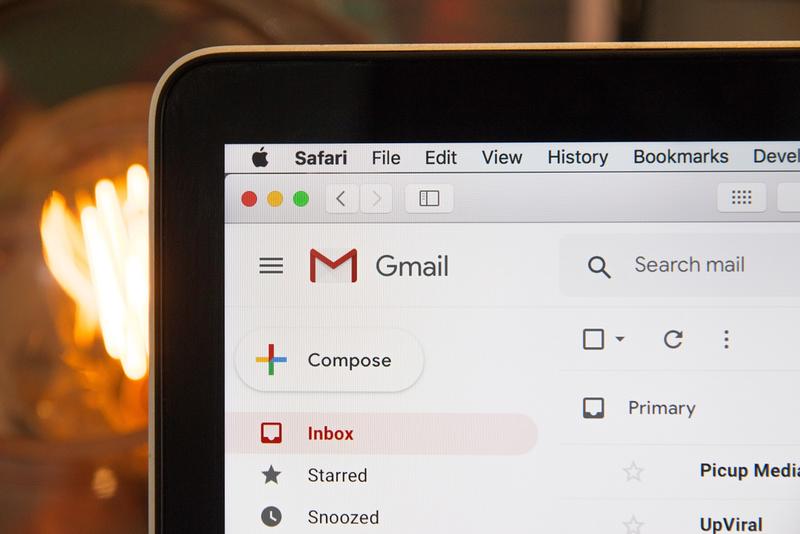
Another tip is to stay away from squishy words and phrases like “I feel,” “I’m not sure” and “perhaps.” Passive voice and adverbs take up too much of your time and confuse your recipients. Sometimes, the outline of an email or message will suffice.
There’s a Better Time for Calls
Schedule calls in the afternoon. In the morning, you might be too tired to talk and still powering up to speak to others. Take on solitary assignments in the morning and leave phone calls, meetings and team work for later.

Quartz reported that YouCanBookMe, a U.K. company that makes scheduling apps for businesses, discovered Tuesday at 2:30 p.m. is the best time for meetings. However, if you can’t make that work, mid-afternoon and mid-week meetings are just as good.
Don’t Be Too Hard on Yourself
Remote employees need to be very disciplined to succeed. Working from an unconventional space requires major focus skills. However, everyone zones out from time to time. Don’t feel like you’re alone. If you put too much pressure on yourself, you may stress out and burn out faster.

You may find yourself working one moment and reading the news next. If you do, don’t brutally criticize yourself. Take a step back and think if people do the same thing in an office environment. In many companies, they do, so give yourself a break.
How to End Your Workday
Starting your day with a routine is a good idea. Creating a habit at the end of the workday is a nice touch too. This could involve logging out of your company’s messaging app, signing out of email applications and shutting down your laptop.
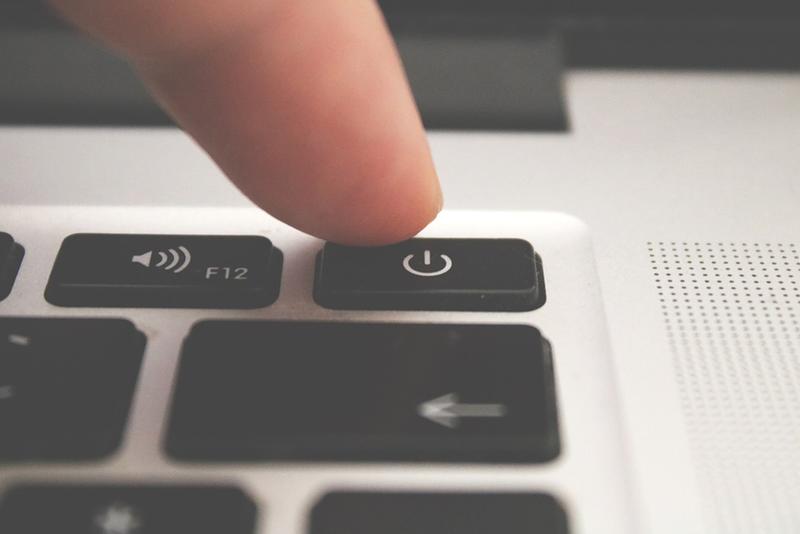
It might also be putting away your workspace, taking a live workout class in your living room and preparing meals and snacks ahead of time. Whatever you decide, make sure to step away from your workstation and don’t go back to work until the next morning.
Personalize Your Day
At the end of the day, do whatever is the most effective for you. Sometimes, you won’t know what really works until you test it out yourself. Figure out if you’re more productive in pajamas or another outfit. See if the dining room table or another space in your house is the best place to keep busy.

The answer might be right in front of you. Other times, you might need to reach out to co-workers and find out what’s working for them. You can also find a supportive community on messaging channels, blogs and social media.





